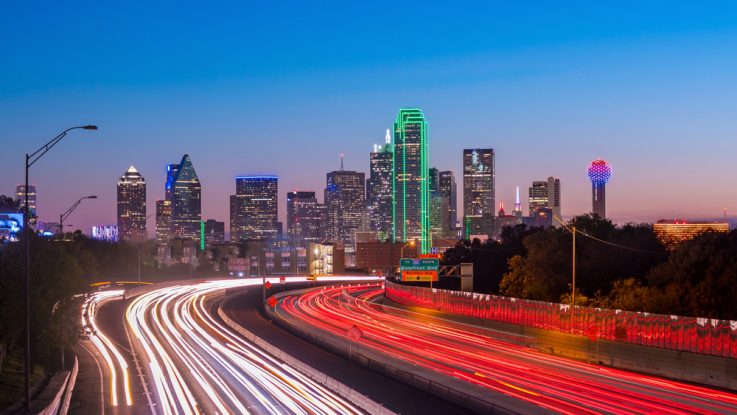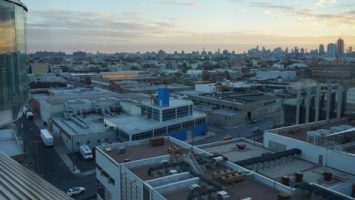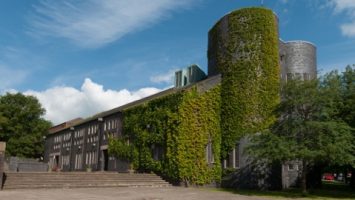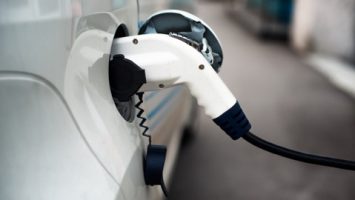
The Dallas-adjacent city of Richardson, Texas recently installed DALI, a smart, collaborative traffic signal timing system for alleviating urban traffic congestion. This collaboration between the city and the University of Texas at Dallas demonstrates next-gen mobility and also the power of cross-industry partnership. Learn more through the interview between Managing Editor Laura Benold and University of Texas at Dallas Associate Professor Rym Wenkstern:
LB: Tell us about your Smart 50 Award winning project.
RW: Our project which is called DALI (Distributed Agent-based traffic Lights) is about making existing traffic light systems / infrastructure autonomous and smart. We achieve this goal by plugging-in an intelligent software agent into each existing intersection controller which becomes “the brain” of the controller. The agents analyze the traffic data, communicate with each other directly, and work together to execute a timing strategy that improves traffic flow.
The deployment of DALI on Waterview Parkway in the City of Richardson shows that delay was reduced by 40% on average.
LB: We could all use a little less gridlock. How could your project be implemented in new, future cities? What would it take to replicate?
RW: Our goal is to make existing traffic infrastructure “smart”, without the need for expensive changes or upgrades. As an AI-based software solution, the DALI technology can be scaled out to any city using programmable traffic controllers that can be connected to a server via the internet.
LB: What have you learned along the way that most surprised you? What did you do with that information?
RW: We learned not make any assumptions on the availability of data. During deployment, we realized that the sensors placed under the surface of the road failed to detect vehicles quite often. To compensate for the lack of data, we incorporated prediction models into the agent’s algorithms. The City of Richardson plans to install cameras on its intersections and this will allow DALI to perform even better.
LB: What made this project a priority for you, and how do you recommend that cities identify and prioritize their own local challenges?
RW: Like most of us, I dislike being stuck in traffic. In addition, when I leave the office very late at night, I get terribly frustrated with stopping at a traffic light even though there are no vehicles on roads. I think that cities should conduct surveys, collect data, and use the data to drive decision-making. The definition of strategic plans for 21st century city infrastructures should be actively pursued, implemented, and rewarded.
LB: What does it mean to be a smart city?
RW: A smart city is a city with a “living” infrastructure. In other words, an infrastructure that a) is capable of sensing, b) whose components are able to communicate with each other and with the users of the infrastructure, and c) will act for the users’ benefit and well-being.
LB: What does it mean to you to win a Smart 50 Award?
RW: It is an incredible recognition! It means that I can finally respond to the naysayers who doubted our work and continue to develop my “crazy” ideas to serve society. My team and I are very honored to receive this award!


